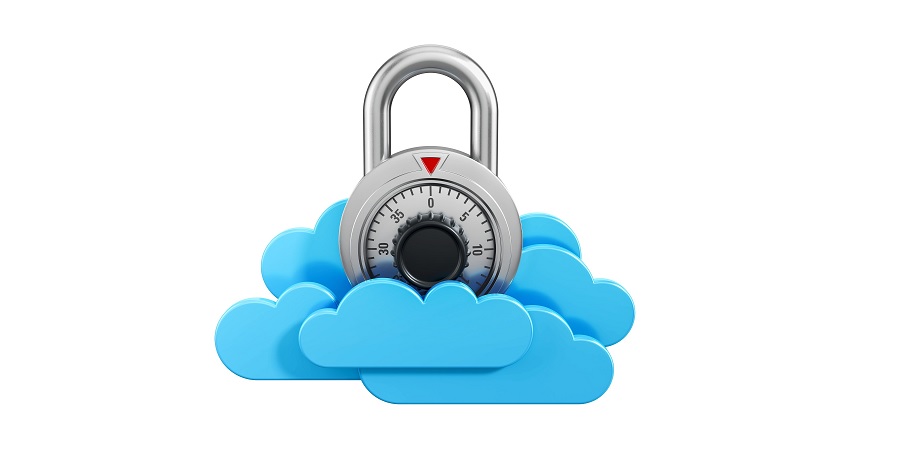How to be secure in Cloud?

September 7, 2020
If we already know how to take the first steps to a walk in the Cloud?, and we are already seeing what are the benefits of use it into our lives, is a good time to learn how to be secure in Cloud?. Today, many companies already know that cloud computing can represent advantages such as reducing costs and improving technologies performance. On the other hand, identifying risks, what considerations we have to take and how to continue ensuring security of our data and processes is still a matter that, in some cases, can generate doubts in head of those who administer a work routine.
Identifying threats and risks
Cloud has real benefits indeed, but there are good reasons for approach it with caution. Top concerns of those migrating to cloud are security and privacy. Cloud computing service providers know and understand that their business will collapse without reliable security. Security and privacy are a high priority for all entities in cloud computing; so, we just have to educate ourselves on the and do not just jump on board because it is modern.
In this case, first thing to do is know the threats that we can face in the cloud:
- Unauthorized access.
- Internal cloud threats.
- Insecure interfaces.
- Problems derived from the use of shared technologies.
- Information leakage.
- Identity fraud.
- Lack of knowledge of the environment.
- Hacking attacks.
Then we have to identifying what are the risks that we can deal in cloud:
- Loss of service.
- Unavailability of service in case of disaster or incident
- Regulatory non-compliance, mostly about personal data is stored internationally.
- Lose control of how our data is protected.
- One-sided Service Level Agreements that give us little redress in the event of a calamity.
- Vendor lock in.
- Privileged user access.
- Ignorance of the location of the data.
- Lack of data isolation.
- Long term viability.
- Lack of investigative support.
- Adverse effects of mishandling of data.
- Unjustified service charges.
- Financial or legal problems of suppliers.
- Problems or operational stoppages of the seller.
- Data recovery and confidentiality issues.
- General safety concerns.
- Attacks on the system by external forces.
Cloud Computing is certainly becoming a part of everyday usage all around the world; so, is not ideal just to avoid risks about but to know how they can be mitigated instead.
Mitigating risks
There are many reasons for paradigm shift to cloud computing no matter risks, and fundamentals of outsourcing apply like reduced costs, refined use of staff and strong scalability. With cloud systems use, there is an always present risk of data security, connectivity, and malicious actions interfering with computing processes. However, with a carefully thought-out plan, a service provider selection methodology, and a shrewd perspective on risk management in general, most people can safely leverage this technology. Mostly some strategies to mitigate cloud risks will be regulated by the contract and Service Level Agreements (SLA), such as:
- The provider must ensure high availability and fault tolerance.
- Know regulatory framework applicable to storage and processing of data in the country where service is subscribed.
- Consensus with provider so that users who have privileges are only those who should have them.
- Must be assured that all data can be recovered in the event of a supplier change in structure or address or even in a disaster.
- Performing external audits and security certifications.
- Data at rest should be isolated and encryption procedures should be performed by expert personnel.
- It is necessary to demand from providers the data recoverability and the estimated time.
Responsibilities
Both cloud provider and client share the responsibility of protecting information assets. This information requires specific treatment throughout its life cycle, since its authenticity, reliability and usability properties must be preserved, and in some cases confidentiality.
Environment and Operating Systems security
Environment and Operating Systems security is a high level provider responsibility. They have to controlling physical access to the facility and implementing firewalls and other technology to monitor and block unauthorized access to their network. It’s crucial to understand where the provider’s security responsibility ends and ours begins. It depends on provider contract agreement, there have to be someone responsible for applying security patches to the operating systems to close vulnerabilities.
Application and data security
Application and data security is our main responsibility as cloud clients and data owners. While some vendors provide security features related to access to application and its data, actually it is our needs to evaluate how users apply for and are granted credentials. Also, we need to ensure that data is encrypted both while it is stored and while it is being uploaded to the cloud.
Governance
At least but not last, governance is the primary responsibility of a private cloud owner and a shared responsibility of business and consumer of public cloud services. However, taking into account elements such as transnational terrorism, DOS attacks, viruses, worms and the like some broader types of collaboration are needed, especially at the global, regional and national levels.
How to be secure in Cloud?
At this point, we know about risks and how to mitigating them, who is responsible and how clarify limits. But now, we have to know how to be secure in Cloud? How to start? Again, first by making sure we understand our agreement with cloud provider, including incident reporting and incident response procedures. We have to conduct a complete review of our applications before migrating to the cloud so that we understand risks involved and can choose public, private, or hybrid cloud architectures to protect data appropriately. Remember, not all applications need to be migrated to cloud and some should not be; legacy applications on verge of retirement and applications that process highly sensitive data are candidates for remaining internal.
Move to the cloud is inevitable, but it is better to always do it by support of experts in matter. It is useless to hire servers hosted in the cloud and not guarantee that they are correctly integrated and secures. Hiring services that are not appropriate to our reality will not generate much result either, and that is where having support can mean better returns for our operation. In public cloud matters, rely on recognized cloud computing providers such as Amazon, Microsoft, Google, Rackspace and IBM.
Consider suggestions introduced above and take a safe walk into the clouds!








